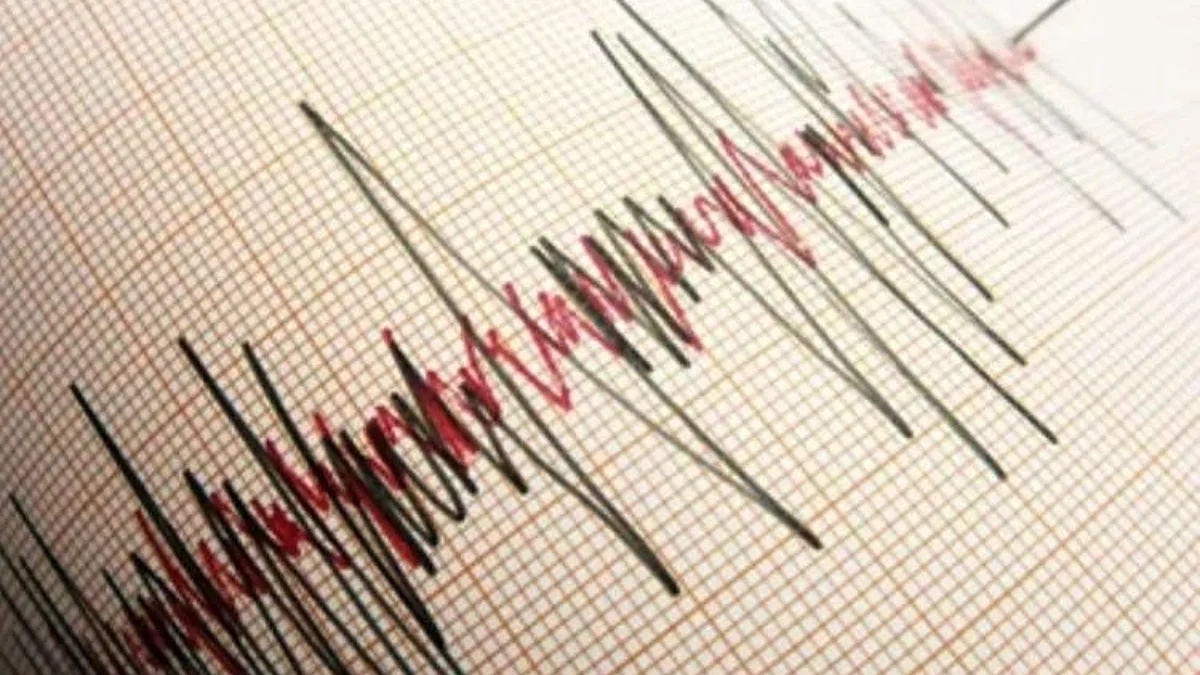
Pecuniary and Non-Pecuniary Compensation Claims Against Contractors: Legal Grounds, Examples, and Litigation Process
11 August 2025
Legal Procedure for Filing a DASK Claim After an Earthquake
11 August 2025The liability of the state and municipalities after an earthquake is of critical importance, especially for citizens who have lost their lives or suffered property damage due to collapsed or severely damaged buildings.
In Turkish law, this liability is generally based on the principle of service fault (hizmet kusuru).
This article examines the legal responsibility of public authorities after earthquakes, the process of filing a compensation claim, and the rights of victims in light of Council of State and Court of Cassation precedents.
1. Legal Basis
a) Constitutional Basis
- Article 125 of the Turkish Constitution: The administration is liable to compensate for damages arising from its acts and actions.
- This provision directly establishes the state’s liability after an earthquake.
b) Administrative Law Framework
After an earthquake, the state and municipalities have duties such as preparing zoning plans, issuing building permits, and ensuring building inspections.
Failure to perform these duties or performing them inadequately constitutes a service fault.
c) Relevant Legislation
- Zoning Law No. 3194: Provisions on building permits, inspection, and structural safety.
- Law No. 4708 on Building Inspection: Duties of building inspection companies and the supervisory role of the administration.
- Administrative Jurisdiction Procedure Law No. 2577 (AJPL): Procedures for filing full remedy (compensation) actions in administrative courts.
2. Service Fault and Strict Liability
a) Service Fault
A service fault occurs when a public service is not performed at all, is performed late, or is performed poorly.
For example, a municipality’s failure to inspect building safety or demolish dangerous buildings before an earthquake is a typical service fault.
b) Strict Liability
In some cases, the administration’s liability is engaged without proving fault, based on the principles of strict liability or social risk.
For instance, large-scale loss of life and property after an earthquake may lead to compensation based on the social risk principle.
3. Case Law of the Council of State and Court of Cassation
- Council of State 6th Chamber: Held that when a building with a construction permit collapses in an earthquake, failure to ensure compliance with technical requirements at the permit stage constitutes a service fault.
- Court of Cassation General Assembly: Determined that insufficient building inspections before an earthquake can create joint liability for both the municipality and the state.
4. Compensation Claim Process
a) Application
Earthquake victims must first submit a written application to the relevant authority (municipality, ministry, etc.) requesting compensation for their losses.
b) Administrative Litigation
If the administration rejects the application or does not respond, a full remedy action can be filed under AJPL Articles 12 and 13.
The competent court is the administrative court.
c) Types of Compensation
- Pecuniary damages: Losses to property such as homes, workplaces, vehicles.
- Non-pecuniary damages: Awarded to relatives in cases of death or serious injury.
5. Statute of Limitations
Under AJPL Article 13, claims must be filed within 1 year from the date the damage is learned and in any case within 5 years from the date of the incident.
6. Tips to Avoid Loss of Rights
- Document damages and losses (photos, reports, expert opinions).
- Submit an official claim to the administration before filing a lawsuit.
- Do not miss limitation periods.
- Work with a lawyer experienced in administrative law.
The liability of the state and municipalities after an earthquake is assessed within the framework of service fault and strict liability principles.
Victims may claim their losses through full remedy actions in administrative courts when public authorities fail to fulfill their inspection duties.
Effective legal strategy and evidence management are essential for a successful outcome.





